The Shaolin Monastery is famous not only in China, but all over the world, mostly due to its fighting monks whose skills and knowledge surpassed that of everyone else. But apart from the facts that we get from movies, how much do we really know about Shaolin? For example, did you know that monks of the Shaolin Temple weren’t always fighters? Buddhism isn’t about fighting at all, it’s a peaceful religion that focuses on non-violence, self-sacrifice, and vegetarianism. So how did the monks of Shaolin become some of the most renowned fighters in human history? Here are 10 unbelievable facts about Shaolin you’ve probably never heard before.
It was founded by an Indian
Buddhabhara, also known as Batuo, was a wandering Buddhist monk that came to China from India around 464 A.D. He spread the teachings of the Hinayana Buddhism in the Empire of Northern Wei and was so respected that Emperor Xiaowen ordered to build the Shaolin Monastery where Buddhabhara became the first abbot. Another Indian monk, Bodhidharma, brought Chan Buddhism to Shaolin and it’s remained the official religion of Shaolin monks ever since.
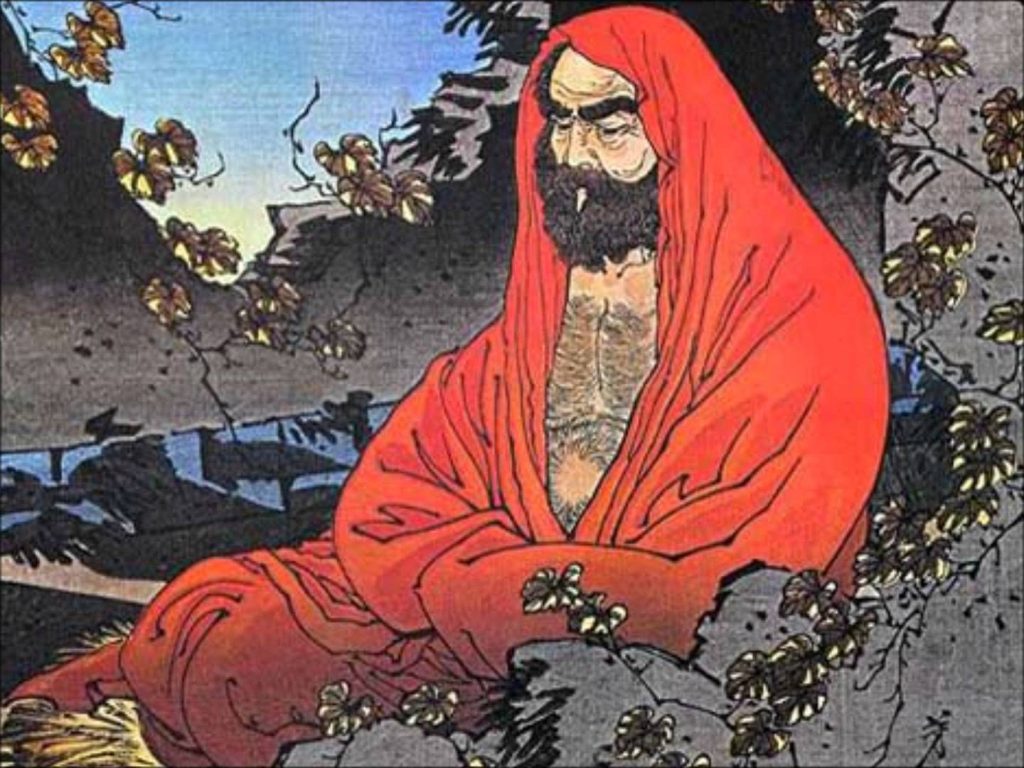
Kung Fu did not come from Shaolin
Contrary to the popular belief, Kung Fu didn’t originate in the Shaolin Temple. It’s true that Shaolin monks took part in fighting, but there’s no evidence that they used some special type of martial arts. They started using their signature staffs around 12th century, while their hand-to-hand combat techniques date back to the 16th century. It appears Kung Fu is much older than that! By the time Shaolin monks became famous for their fighting skills, Kung Fu had already spread all over China and was a pretty common martial arts school.
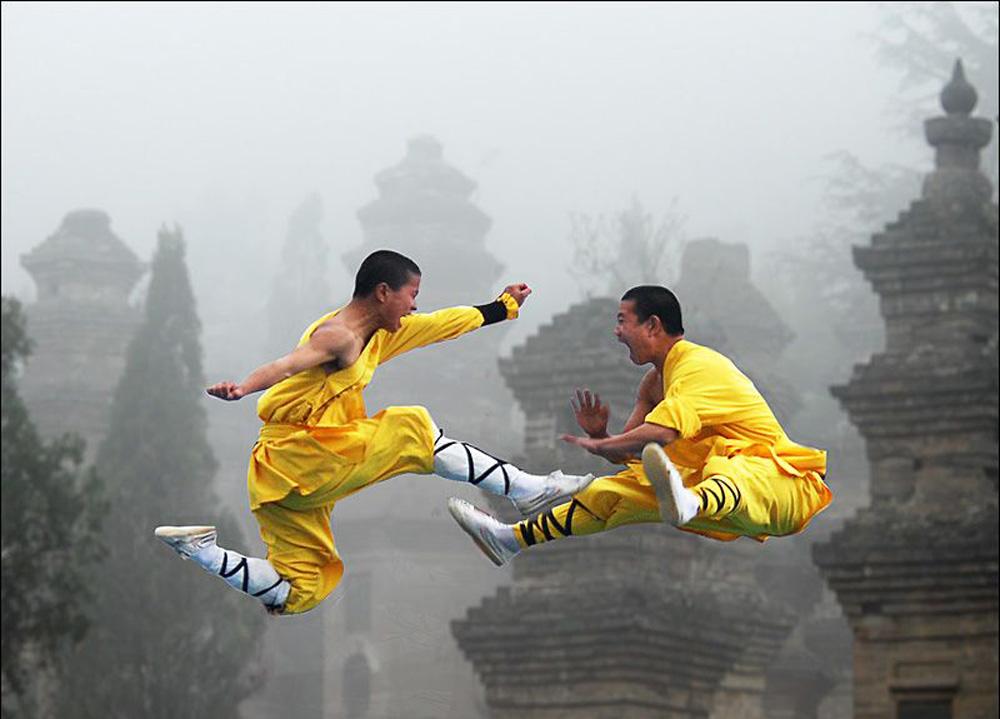
Shaolin is not the only order of fighting monks
Shaolin started out as a peaceful centre of knowledge and Buddhist teachings. While other monasteries have already started using weapons to train their monks, Shaolin was still all about learning Buddhist texts and meditation techniques. According to the legend, it all changed when Bodhidharma came to the monastery, but actual mentions of martial arts in Shaolin date back to the 14th century. It was definitely not the only order whose monks knew how to fight. Indian Naga Sadhus were one of the most feared and skillful warriors out of all Hindu sects. They used sharpened iron piercers and were known all across the globe.

Shaolin helped found an Imperial dynasty
After the fall of the Sui dynasty around 618 A.D., several noble houses began to fight for control over the crumbling empire. A former Sui general Wang Shichong took the territory of Zheng and built a military encampment at Mount Huanyan to strengthen his position. He sent an army to lay siege to the Shaolin Monastery in order to avoid its rebellion. However, the monks of Shaolin pledged allegiance to his rival Li Yuang, the future founder of the Tang dynasty. Together they overthrew Wan Shichong and the Tang dynasty took control over China for a few hundred years.
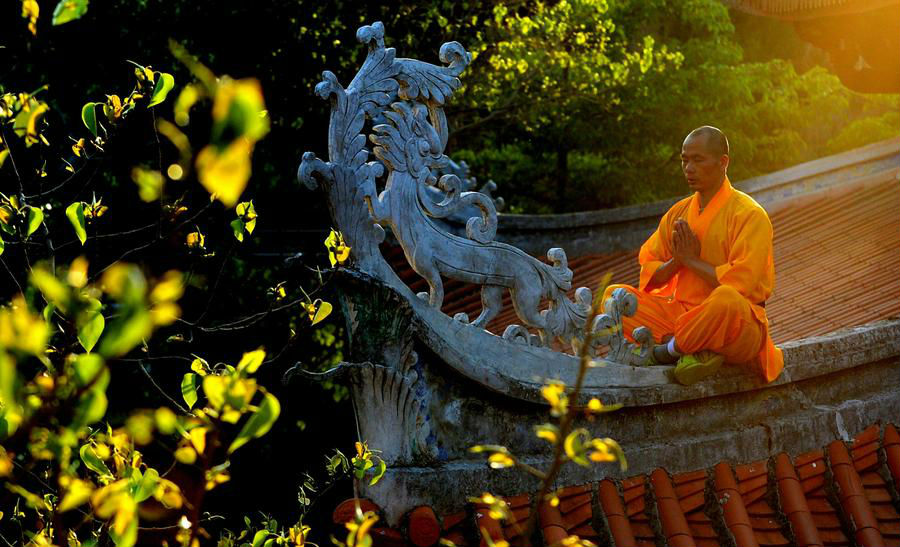
The gruesome origin of tea
There are many legends and tales explaining the origin of tea that we love so much today, but one of them is especially grisly. Back in the day a monk named Bodhidharma travelled all the way from India to China in order to spread teachings of Buddhism. He stayed in a cave near Shaolin and spent 9 years in mediation with his eyes wide open and without any food or water whatsoever. Years later he decided to repeat his long-term meditation, but was unable to do so as he was dozing off all the time. In a fit of anger he cut off his eyelids and threw them on the ground so he could never sleep at all. To his surprise, a plant grew from the ground where his eyelids fell. That is how tea came to be.

The Werewolf of Shaolin
As the legend goes, there was a man named Tai Djin who suffered from hypertrichosis which made his body all covered with hair. His family took him for a demon and abandoned the baby in a forest where he was picked up by traveling Shaolin monks. The child grew up in the monastery and became one of the most prominent fighters in China. It is believed that he mastered more than 100 weapons and could use 200 ‘empty hand’ fighting techniques. He could even use the infamous ‘death touch’! No one knows if he was actually this good, but Tai Djin still serves as an inspiration for martial artists all around the world.
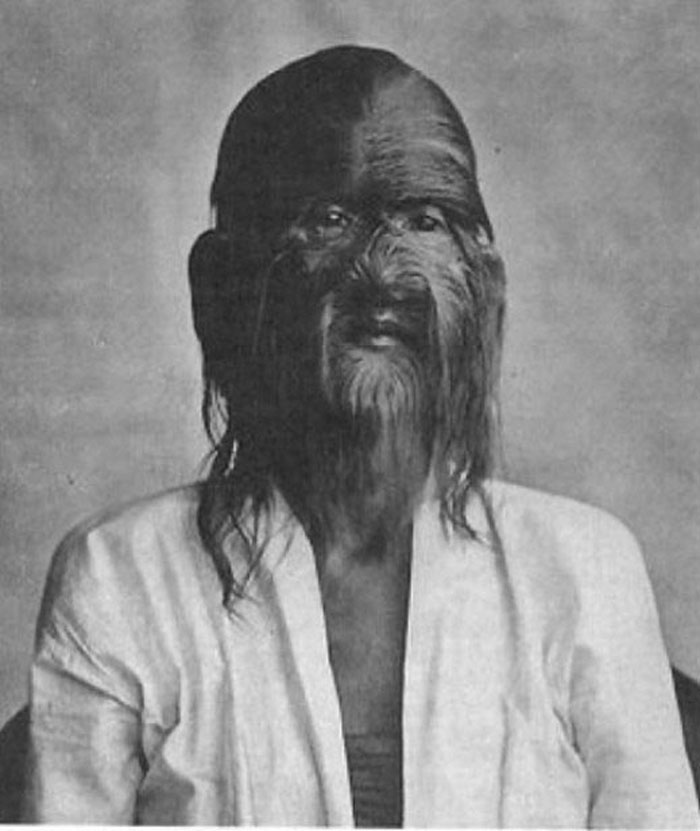
Shaolin and Japanese pirates
The ‘dwarf pirates’ of Japan that went by the name Wokou were a deadly force during the early 16th century. They ravaged dozens of China’s coastal towns killing hundreds of people. When the Wokou attacked Hangzhou, a rich port city with thousands of citizens, the Chinese government had finally had enough. Ming court ordered 120 elite Shaolin monks to destroy the enemy, but the task wasn’t as easy as everyone was hoping it to be. It took four tiresome battles to defeat the Wokou, but the monks were finally victorious, killing every pirate they came across.
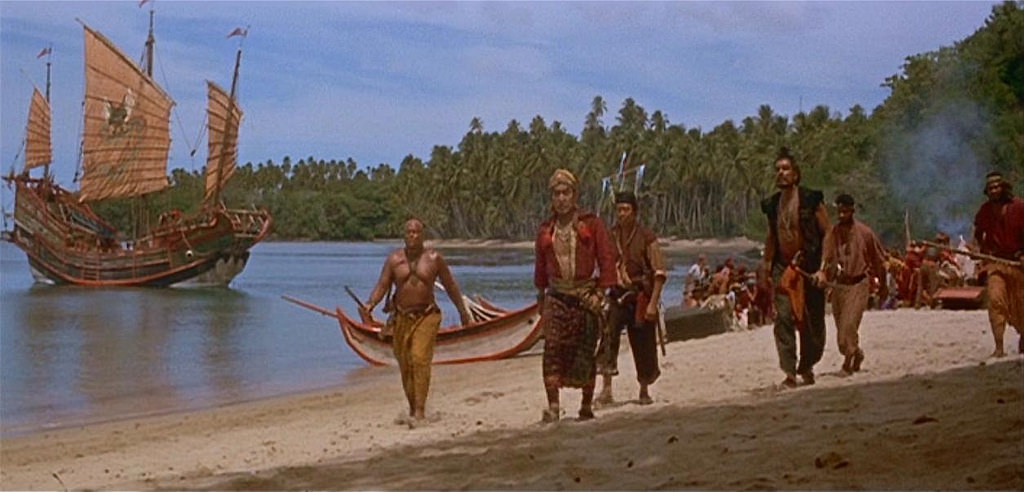
The Shaolin God
Shaolin monks love their devas (godlike beings) just as much as Christians love their saints. There are many stories surrounding devas, like the one about Bodhisattva Vajrapani. Once there was a monk named Sengchou who was always bullied by his fellow monks. The abuse was so bad that he couldn’t take it any longer and went to the temple of Vajrapani and prayed there for 6 days and 6 nights without food or water. Finally, Vajrapani came to him and asked whether Sengchou wanted to become stronger. When the monk agreed, deva gave him a huge bowl filled with steaming meat that he had to eat. Terrified, the monk refused, but Vajrapani pried his mouth open and made him eat all the meat. When Sengchou came back to the monastery, he was bullied once again, but this time he showed god-like strength and amazing combat skills. It is said that he could even lift huge objects and run up the wall!

The Jieba
If you’re a fan of Kung Fu movies you might have noticed that Shaolin monks are often portrayed with nine dark dots on their foreheads. These are Jieba – special signs monks receive from their masters when they finish training. Each dot symbolizes one of the fundamental rules of conduct followed by Shaolin monks. The ceremony has been banned until recently, but in 2007 the Chinese government lifted the ban. The Jieba ceremony is quite lengthy and involves a few months of meditation and various preparations. In the end, nine incense sticks are placed on the monk’s forehead where they burn until the very end leaving special marks on skin. Needless to say, the last few minutes of the ceremony are quite painful.
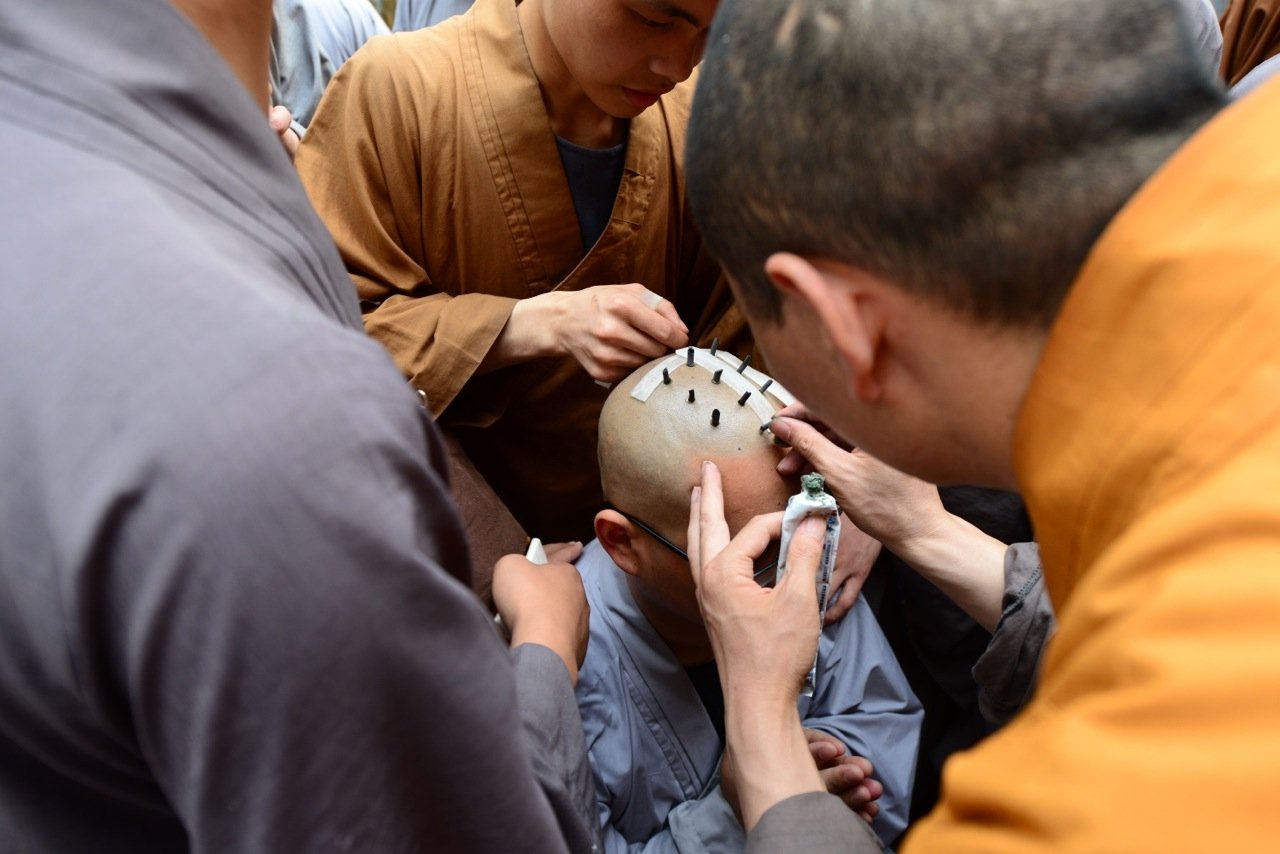
Shaolin and Star Wars
George Lucas confessed that his Jedi Knights were heavily inspired by the monks of Shaolin. The ‘force’ in Star Wars is basically ‘chi’ in Buddhism – a special energy that can be found in all living things. Legendary Shaolin monks learned how to control their chi in order to become unbeatable warriors, much like the Jedi used their force. Jedi’s fighting style with lightsabres heavily resembles that of Shaolin monks that used acrobatics, staffs and two-edged swords.

